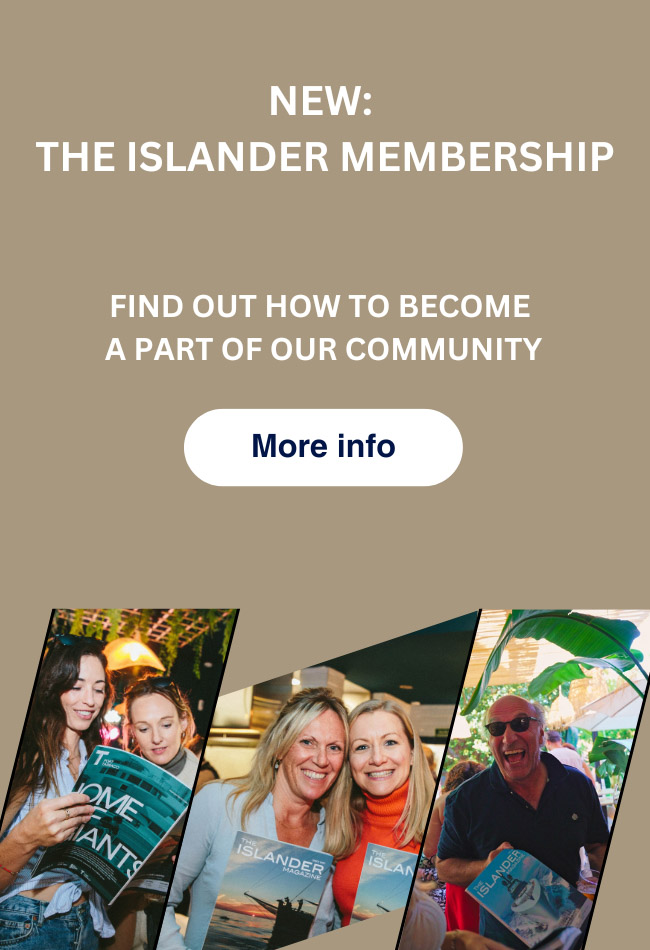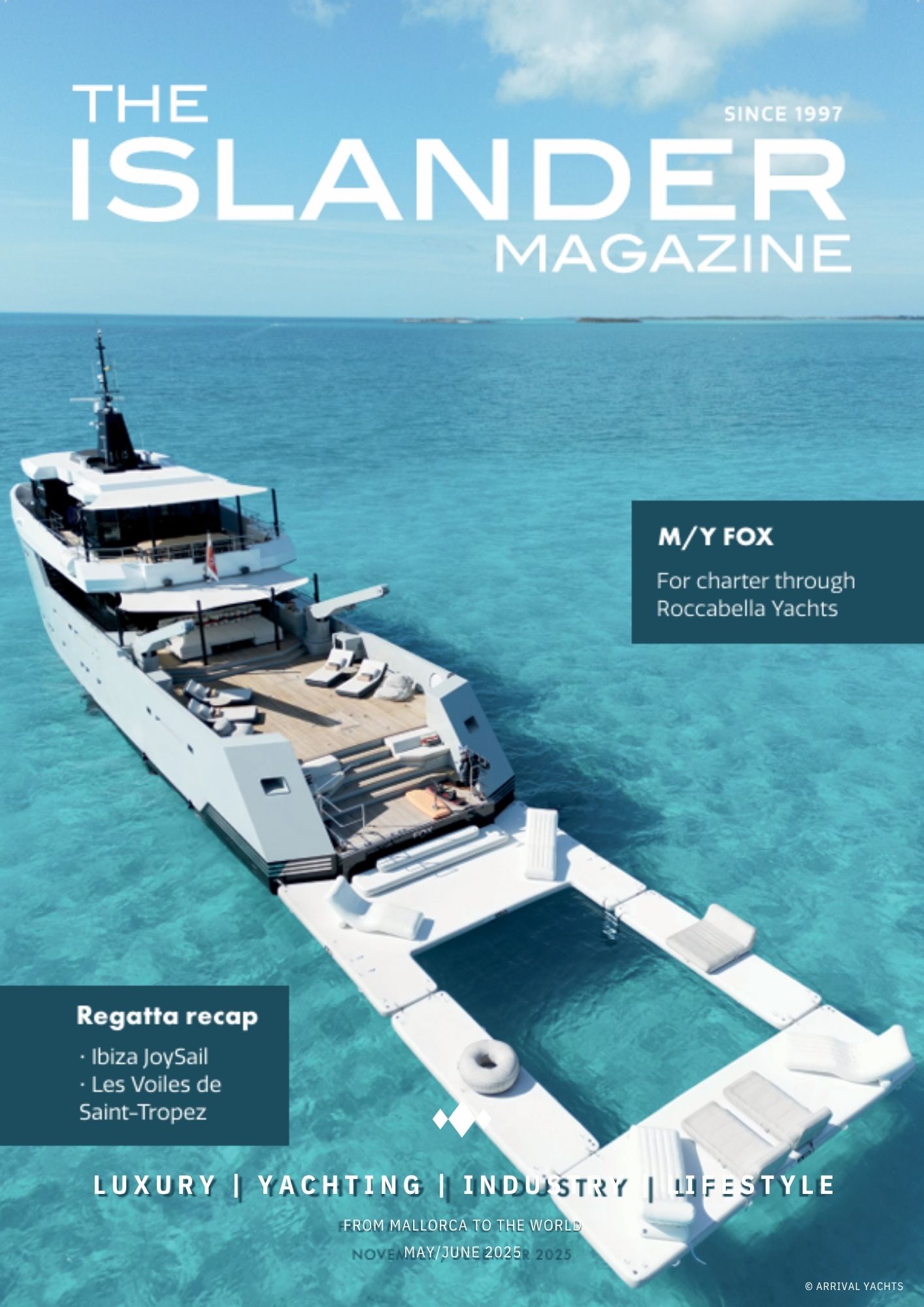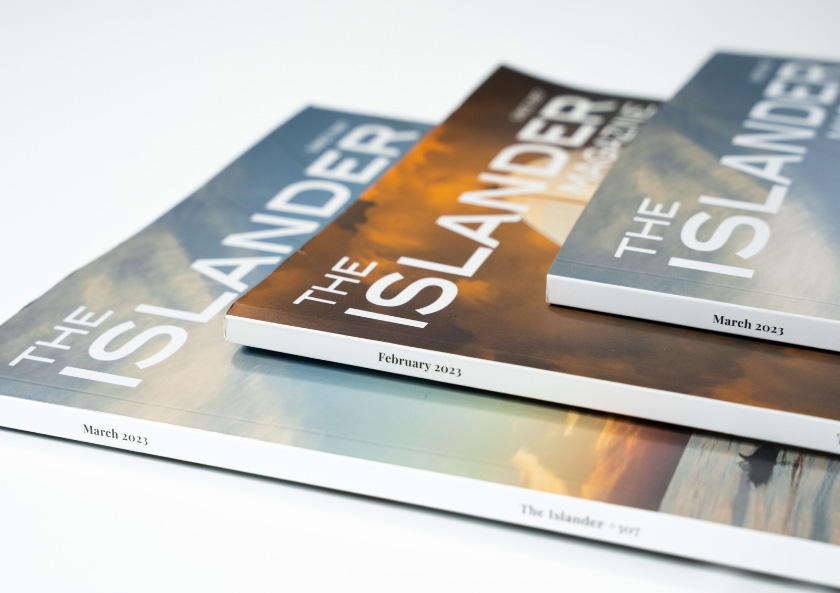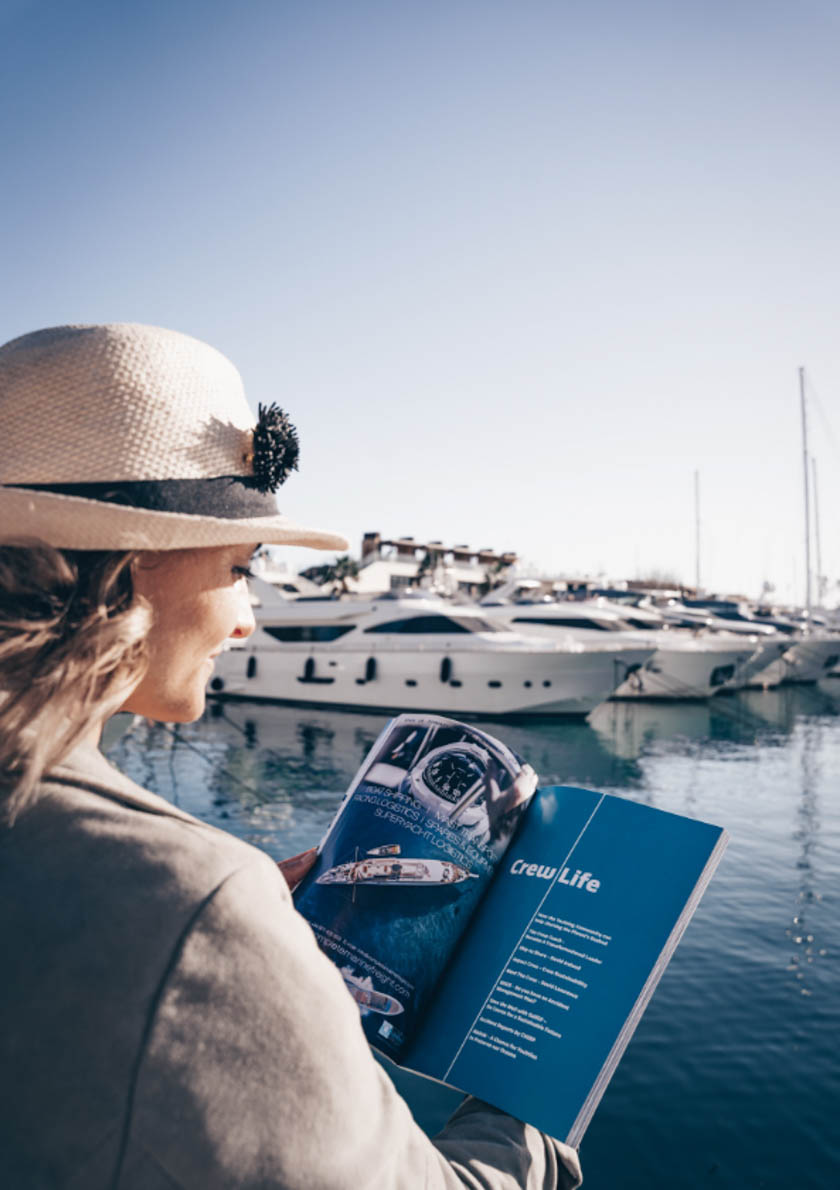
Having followed the usual dinghy racing path, with the occasional win at local level, 13-year-old Pete started more ambitious sailing with a friend of his father’s who had a Carter 30, a small keel boat. They explored the Channel Islands and the north coast of France, enhancing Pete’s sailing knowledge along the way. By 16, Pete began racing properly – Round The Island, Cowes Week – and wrapped up his Yachtmaster by the age of 17, with a commercial endorsement at 18. Pete was primed and ready for a sailing career.
Pete tells his tale: “My first job was captain of the Lloyd’s of London Yacht Club’s 55-foot sailing yacht Lutine, named after the ceremonial bell hung in their offices. Due to new regulations, the Club needed a commercially-endorsed captain on board and, having answered an ad in the back of Yachting World, I became their first. It took a while for the old boys to get used to a young whippersnapper telling them what to do, but I gathered a huge amount of experience. I did chartering, hosted corporate hospitality, and participated in more than 20 Channel races, including the Fastnet, all for the princely wage of 375 pounds a month.

“At the age of 21 I began my adventures, taking a job in Malaysia setting up a modern classic schooner for charter. Roo and I kept in close contact and, as the British winter set in, I persuaded her to join me. During our time in Langkawi, I had the pleasure of meeting German scientist Dr Wolf Hilbertz. Wolf was the inventor of Biorock, a substance formed by passing a small electric current through electrodes in saltwater. It was an innovative concept and, at the time, considered a potential saviour of coral reefs. During the 1998 ocean warming, fewer than 5% of natural reef corals in the Maldives survived, it was like a moonscape, but on Biorock reef pods, 80% of them had flourished.
“Wolf asked us to take his research boat, a 45-foot hard-chine French-built steel sloop, from Malaysia to East Africa. He couldn’t pay us a wage, but offered to cover our expenses for a year. Roo and I left Malaysia with all the essentials, including 24 cases of Tiger Beer and, with no on-board refrigeration, bilges crammed full of tinned food.
“Our first stop was Sri Lanka, and the military port of Galle provided my first real experience of corrupt officialdom. While clearing in, gun-toting officials boarded the boat and basically started looting us. As they passed bags of bounty, among other things, our shoes, cigarettes and cds, up to the quayside, I thought I’m not standing for this, and began furiously emptying the bags’ contents into the water. Faced with this mad young Englishman, they shrugged their shoulders and cleared off. I soon made friends with the port security guys and from thereon we were left alone. At this time, Sri Lanka was suffering civil unrest with the separatists in the northeast. We got used to depth chargers going off around us as a random deterrent to Tamil Tigers.

“Food-wise, we went right back to basics, foraging for coconuts and buddying up with fellow cruisers to go fishing. Conventional fishing rods were pointless as the sharks would be onto your catch before you had a chance to reel it in, so we’d don a snorkel and mask and hang over the side of the dinghy with our faces in the water to look for that day’s catch. Depending on what you fancied for dinner, you’d lower a hand line six foot off the bottom for red snapper, a little lower for coral trout, or on the rocky bottom for grouper. As soon as you had a bite, it was a race to pull it in hand-over-hand before the hammerheads and whitetip reef sharks rushed in.
“With no shops, there was zero hope of extra provisioning. Thankfully, at the age of ten, Roo had crossed the Atlantic with her family in a 32-foot sailing boat with no fridge, and accumulated some handy tricks. Fresh eggs could be coated in Vaseline and turned regularly to stop them going off, carrots wrapped in newspaper, and cheese preserved in jars of oil. Our bilges were also still full of tins.
“It was in Chagos that Roo discovered she was pregnant. We decided that the European healthcare system was a good choice for prenatal care, so from Chagos we sailed to the French department of Mayotte, part of the Comoros Islands off the coast of East Africa. Here, we were befriended by a fantastic French midwife who was living aboard a Beneteau with her young kids. Having had no contact with family for three months, we made a few phone calls to share the happy news, before sailing to explore north Madagascar which, in those pre-Sunsail days, was wild, remote and simply stunning. With just six weeks left before due date, Roo flew back to the UK.
“By this time, Wolf’s project had been postponed as he’d run out of funding. My instructions were to look after the boat, and make food supplies last as long as possible – doing odd jobs here and there for extra cash. I also taught myself to dive. In Malaysia, Wolf had given me an ancient set of dive gear and an open-water diving manual – in French. Not speaking a word of French, I figured it out looking at the pictures.

“Our daughter Chloe was born on Boxing Day 2001 and, soon after, Wolf’s funding came through. I left my new family in the UK and flew back to Dar es Salaam, where I stripped out the boat’s interior to load up with seven-and-a-half tonnes of steel rebar for the upcoming project, and as much fuel as physically possible. I and my brother, who’d never sailed before, then crossed 1,000 nautical miles to join two other small boats in the middle of the ocean, 400 nautical miles south-southwest of the Seychelles. With rudimentary on-board technology, we had to be entirely self-sufficient, with just an SSB radio for weather reports.

“Operation successfully executed, we embarked on a reef building project back in Mahé, the largest island in the Seychelles. The local government offered us support in the form of manpower and pointed us in the direction of an island to pick up the men. To our surprise it was the prison island but, fortunately, our convict crew were a welder, fisherman and labourer by trade, so of great help.
“As this project came to a close, Roo and three-month-old Chloe flew out to the Seychelles and the family was reunited. From there, we jetted to South Africa and bought a 31-foot Muira to live aboard in Durban. We set up a small yacht delivery company, taking boats up and down South Africa’s infamous Wild Coast between Durban and Cape Town, and over to Madagascar.
“In 2003, our son Jago was born, and by this time we were well ready to leave South Africa and head for new pastures in the Caribbean. Our transatlantic voyage took us via some epic stop-offs in St Helena, Fernando de Noronha, and Barbados, and we finally arrived in Antigua the evening before Classics. We had a total of 50USD to our names – and a pressing need to find work.

“I accepted various other jobs, including a salesperson for North Sails in Antigua, pro race crew in the Caribbean circuit, and a memorable stint running a 24-hour ship-to-shore service for crew on aircraft carrier USS George Washington. My next charge was a 68-foot Swan for a lovely American family, sailing all over the Caribbean. Sadly, the owner passed away and the family asked me to take her back to the UK to be sold. So, in 2008, we left the Caribbean and lived on the Swan in Cornwall, sailing her to and from the Solent for viewings, with our little children throwing lines in the marina.

“Skippering the 1904-built Camper and Nicholsons gaff cutter Merrymaid came next, with the formidable task of delivering her from Japan to Hong Kong during typhoon season. And then, in 2014, I took over the 33-metre modern classic Bolero in refit in Mallorca. The owner’s plan was for Bolero to go to the Caribbean, which suited us after two years in the UK. We rented out our house in Falmouth, removed the kids from school, and they slept on a mate’s floor awaiting the signal to come to the Caribbean. Plan A fell through at short notice, so Plan B was to make a fresh life in Mallorca.
“By now I was itching to do something other than running boats for the uber wealthy, so we decided to start anew with our own venture – a unique charter business. We found 1949 17-metre Scottish ring-netter Bonnie Lass laid up in La Rochelle. She was in poor shape, but perfect for what we had in mind. In January 2014, I took Roo’s Dad and two friends to France to patch her up and bring her back to Mallorca – the furthest she’d travelled in ten years. Toby and I then sailed her to Valencia for a substantial rebuild, which included 64 new frames, 45 metres of planking and a ton of visionary thinking. Bonnie Lass’s Mallorca debut involved tagging and releasing 138 stingrays for the Asociación Ondine – now Save The Med Foundation – stingray survey in the Bay of Palma. Then she was ready for charter.

“In 2017, we rented 45-foot Bristol Channel pilot cutter Morwenna to add to our portfolio, but let her go after a couple of years due to the owner’s reluctance to keep up necessary maintenance. In 2019, we sourced pretty 1979 Berry of Weymouth Heather Grace in the Isle of Skye. We brought her down to Mallorca and converted her into a picnic cruiser-style Med-friendly charter boat. Last year, between Bonnie Lass, Heather Grace and Cachalote, we completed nearly 400 charters.
“Our work with TV and film companies has helped throw us in the spotlight. Bonnie Lass has starred in Channel 4’s A New Life in the Sun, commercials for Icelandair and Fisherman’s Friend, the hit Netflix series White Lines, IB3 programme Gent de la Mar, and also featured in the upcoming comedy-drama Off the Rails – a final film appearance for Kelly Preston.
“COVID-19 hit us hard. A contract with one of the most prestigious hotels in Mallorca, and a strong following of local clients, helped us through a tough summer season. I handle all the maintenance, cutting costs, and the kids help out crewing and cleaning. Living above, and below, our office also reduces the big overheads of running classic boats.
“Until the immediate future becomes clearer, we will keep the fleet downsized to two boats – Bonnie Lass and Heather Grace. We have a few projects close to our hearts, including my sitting on the board of Save The Med, and assisting the sea turtle hospital at Palma Aquarium with their rehabilitation-release programme. In the long term, once our children, now 18 and 17 years old, are set up, we might consider a similar business model in Galicia, or even the Pacific. Despite the setbacks of COVID-19, having our own venture is hugely rewarding and we look forward to the challenges that next year brings. We love Mallorca and the dream is still alive.”
Sarah Forge, hello@sarahforge.com















0 Comments